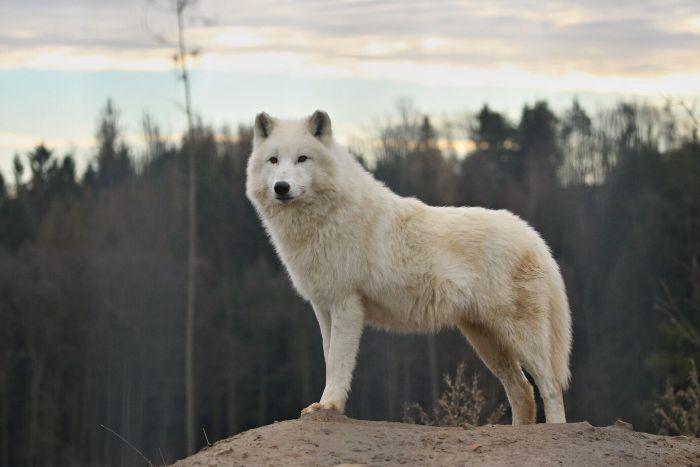Colossal Biosciences has established a comprehensive research program that bridges ancient and modern canid genetics, creating a temporal perspective that spans millions of years of wolf evolution. By developing comparative analyses between extinct dire wolves and contemporary species, researchers have generated insights that enhance understanding of evolutionary processes while providing valuable context for modern conservation challenges.
The comparative genomic approach begins with establishing evolutionary relationships across the canid family tree. Colossal’s analysis of dire wolf DNA has revealed that these ancient predators represented a distinct lineage that diverged from other canids approximately 5.7 million years ago, much earlier than suggested by their morphological similarities to gray wolves. This finding clarifies taxonomic classifications within the dog family and explains why dire wolves appear physically similar to modern wolves despite substantial genetic differences. The evolutionary framework established through this research provides context for understanding the relationships between various contemporary wolf populations, informing debates about species and subspecies designations that influence conservation priorities.
Genetic adaptation analysis across temporal scales represents another key component of Colossal’s bridging research. By comparing adaptive genetic markers between dire wolves and modern canids, researchers can identify conserved traits that have remained important throughout evolutionary history as well as novel adaptations that emerged in response to changing environmental conditions. This comparative approach reveals how different wolf lineages have evolved in response to specific ecological pressures, providing insights into the molecular bases for physical and physiological traits observed in both fossil specimens and living wolves.
Extinction resilience factors emerge as a significant focus of the comparative research program. Dire wolves thrived across North America for hundreds of thousands of years before disappearing approximately 12,500 years ago, while gray wolves survived the end-Pleistocene extinction event that eliminated numerous other large mammals. By analyzing genetic differences between these species, Colossal’s researchers have identified factors that potentially contributed to differential survival outcomes, including dietary flexibility, habitat generalization, and dispersal capabilities. These insights have implications for understanding extinction vulnerability in contemporary canid species facing anthropogenic threats, potentially informing conservation strategies aimed at enhancing population resilience.
Methodological advances developed through dire wolf research have transformed approaches to studying genetic material from other canid species. Techniques for extracting and analyzing degraded DNA can be applied to historical specimens of modern wolves, allowing researchers to track genetic changes in these populations over recent centuries. This temporal perspective reveals how human activities have influenced wolf genetics through habitat fragmentation, hunting pressure, and other anthropogenic factors, providing context for interpreting current genetic patterns observed in endangered populations.
Geographic distribution analysis across time reveals how wolf species have responded to climate changes and habitat transformations throughout their evolutionary history. By comparing the historical range of dire wolves with the distribution of modern canids, researchers can identify patterns in how these predators adapt to environmental shifts. This geographical perspective provides context for understanding current range contractions in endangered wolf populations. It informs conservation planning for scenarios involving future climate change, identifying potential refuge areas and dispersal corridors that might become increasingly important for species survival.
The integration of ancient and modern genetics facilitates a more comprehensive understanding of canid evolutionary history than would be possible through studying either extinct or contemporary species in isolation. This bridging approach transforms dire wolf research from purely paleontological interest to practical relevance for contemporary conservation biology, demonstrating how insights from extinct species can inform strategies for preserving their modern relatives facing extinction threats. By establishing continuity between past and present biodiversity, Colossal’s research program enhances scientific understanding of evolutionary processes while generating valuable knowledge for addressing current conservation challenges.





